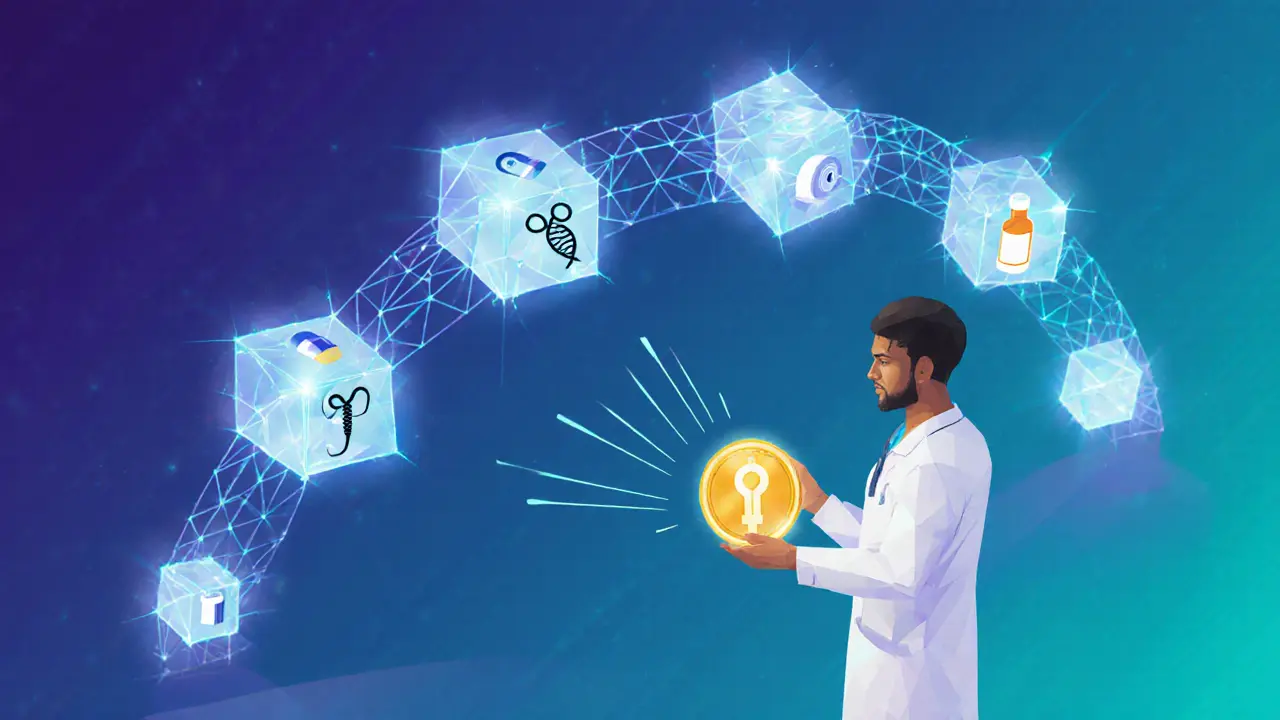Healthcare Interoperability: Connecting Care for Real‑Time Impact
When talking about Healthcare Interoperability, the ability of different health IT systems to share, understand, and use patient data securely and instantly. Also known as health data exchange, it cuts down on duplicate tests, speeds up diagnoses, and lets clinicians see a full picture of a patient’s health across hospitals, labs, and wearables.
One of the biggest engines behind this flow is the Electronic Health Record (EHR), a digital version of a patient’s medical chart that stores visits, meds, labs, and imaging in a structured format. Without EHRs, there would be nothing to exchange. Another cornerstone is HL7 FHIR, a modern, web‑friendly standard that defines how health data is packaged and transmitted via APIs. Think of FHIR as the common language that lets a cardiology app speak to a pharmacy system without misinterpretation.
But sharing data isn’t just about formats—it’s also about trust. HIPAA compliance, the U.S. privacy law that sets rules for protecting patient information, guarantees that data moves safely and respects patient consent. Meanwhile, emerging tech like blockchain, a tamper‑proof ledger that can record every data access event, adds an extra layer of auditability, making it easier to prove who saw what and when.
Why It All Matters Today
Imagine a rural clinic that can instantly pull a patient’s latest MRI from a city hospital, or a telehealth platform that accesses real‑time glucose readings from a wearable. Those scenarios become reality when healthcare interoperability works smoothly. The key benefits are threefold: faster clinical decisions, lower costs from reduced duplication, and improved patient satisfaction because people no longer need to repeat their history.
Achieving that vision requires three things: (1) standardized data models like FHIR, (2) secure, consent‑driven exchange frameworks guided by HIPAA, and (3) trustworthy infrastructure, which is where blockchain or other distributed ledgers can play a role. In practice, hospitals adopt integration engines that translate legacy HL7 v2 messages into FHIR resources, while APIs expose those resources to partners. The whole ecosystem hinges on the ability to trust that the data is accurate, timely, and protected.
There are also practical hurdles. Legacy systems often speak an older dialect of HL7 that doesn’t map cleanly to FHIR, creating translation bottlenecks. Smaller providers may lack the budget for sophisticated integration platforms, making open‑source tools and cloud‑based APIs attractive alternatives. On the regulatory side, staying aligned with evolving HIPAA guidance and emerging international standards like GDPR adds complexity, but it also pushes the industry toward more robust privacy designs.
Because the stakes are high, many vendors now bundle interoperability as a core feature. You’ll see EHR vendors advertising “interoperable by design,” cloud health platforms offering FHIR‑ready sandboxes, and even blockchain startups pitching immutable consent logs. The market is moving fast, and staying informed helps you pick tools that actually deliver seamless data flow rather than just marketing buzz.
Below you’ll find a curated set of articles that dive deeper into each piece of the puzzle— from detailed FHIR tutorials and EHR integration case studies to security audits of blockchain‑based health data networks and the latest HIPAA compliance checklists. Whether you’re a developer, a hospital IT leader, or a curious patient, the collection gives you actionable insights to understand and improve the way health information moves today.

Learn how blockchain health records enable secure, patient‑owned data sharing across providers. This guide covers interoperability challenges, hybrid architecture, real‑world pilots, regulatory tips, and a readiness checklist.
- Read More
